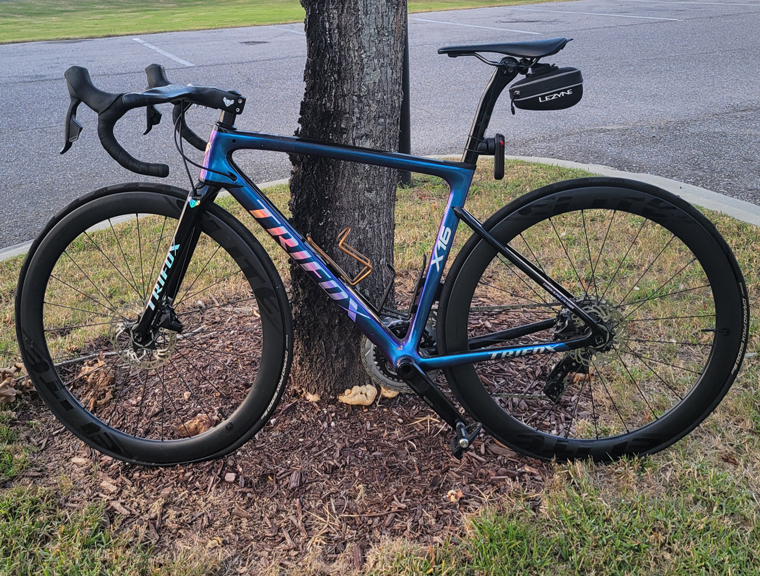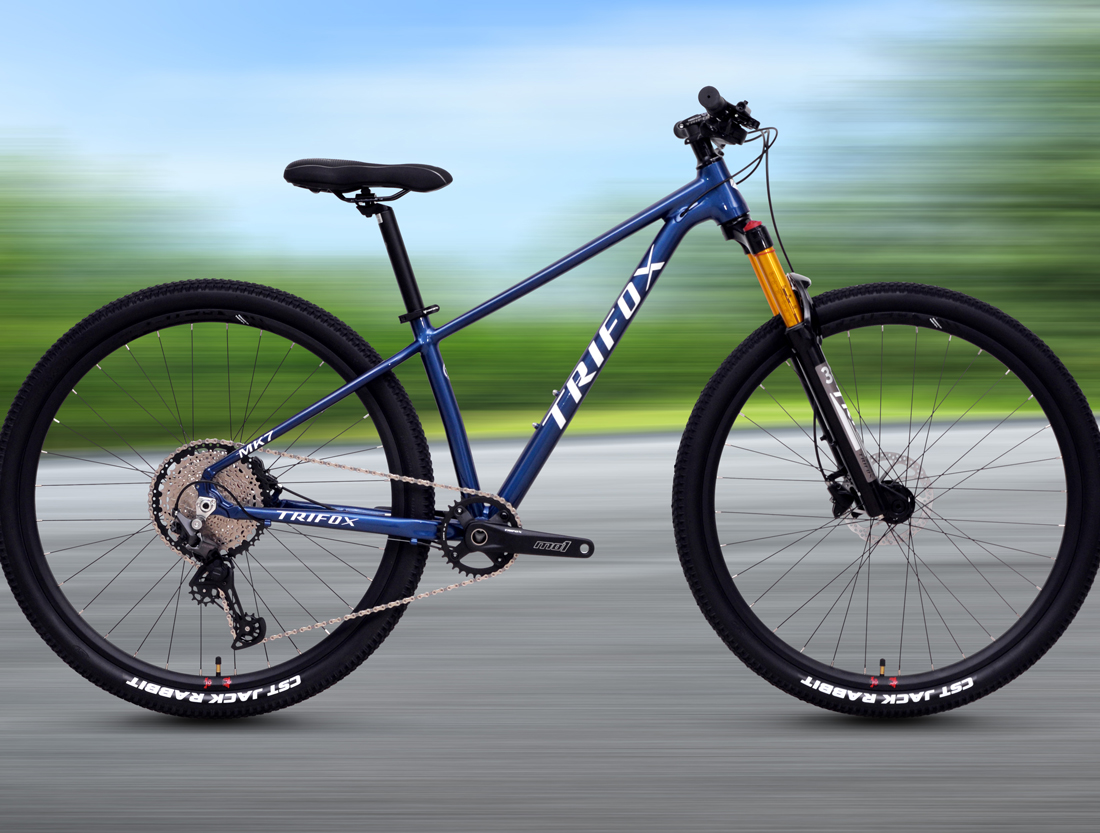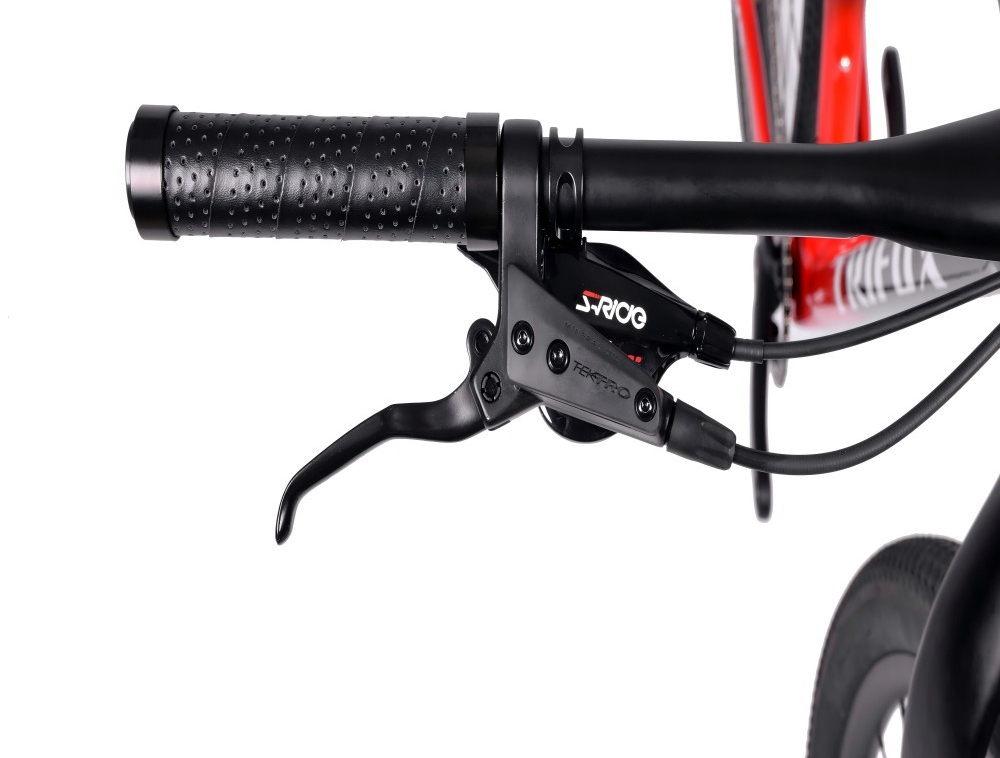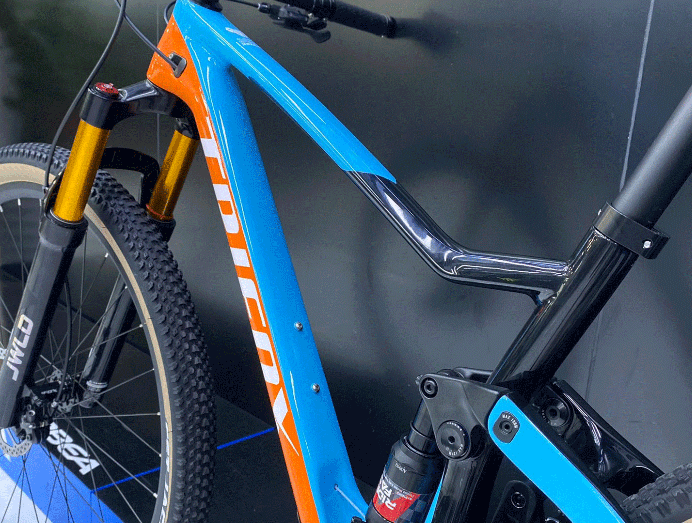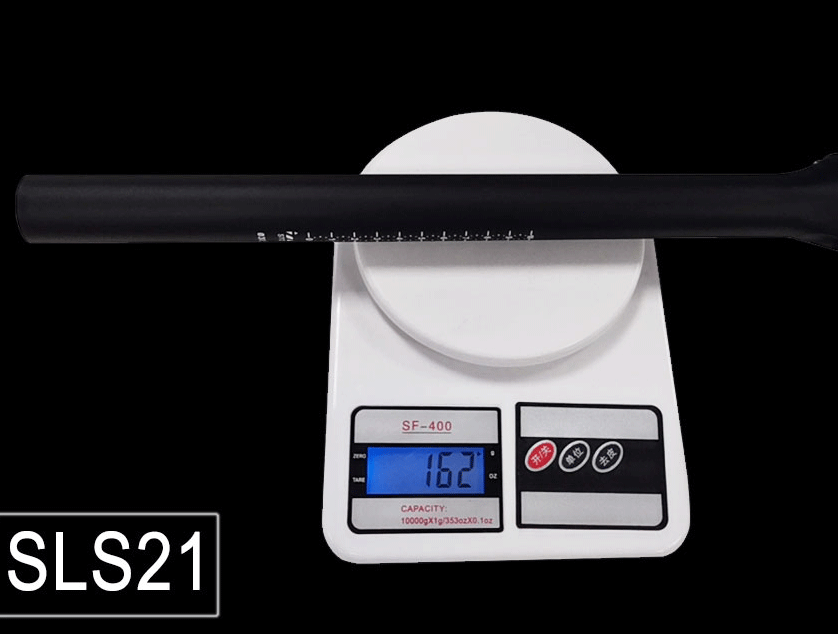As mountain biking has evolved over the years, so have the materials used to make it. The latest technology that has taken the mountain biking world by storm is carbon fiber. Carbon fiber frames have become increasingly popular in recent years due to their incredible strength, light weight, and durability.
The first carbon fiber mountain bike frames were introduced in the late 1980s, and they quickly became the preferred choice among competitive mountain bikers. However, it wasn't until the 1990s that carbon fiber really began to gain traction in the mainstream mountain biking community. As carbon fiber manufacturing became more advanced, designers were able to create frames with more intricate shapes that provided improved strength and stiffness. These frames were also significantly lighter than their aluminum counterparts, making them ideal for high-speed racing.
Fast forward to today, carbon fiber MTB frames have come a long way since their early days. Designs have become more advanced, and manufacturers are now using a combination of different types of carbon fiber to create the perfect balance of strength, stiffness, and weight. The process starts with the selection of the right materials, which is crucial in ensuring the finished frame's quality. Different types of carbon fibers, including unidirectional, bidirectional, and woven, are used to build these frames.
Another aspect of evolution of MTB frames is the use of computer-aided design (CAD) technology. CAD software allows designers to create incredibly complex frame geometries, while accurately predicting performance and strength. This has played a significant role in the development of the latest carbon fiber frames, which are more robust and optimized than ever before. With this increased efficiency in design, designers can push the limits even further than in previous years.
Despite all the advancements, the magic of the carbon fiber frame's strength, lightness, and stiffness lies in its manufacturing process. Manufacturers, like Trifoxbike, use a sophisticated carbon molding process that involves layering sheets of carbon fiber cloth in a mold that's the exact shape and size of the frame. This produces an incredibly robust and precise frame that's durable enough to withstand the rugged terrain of even the most challenging trails.
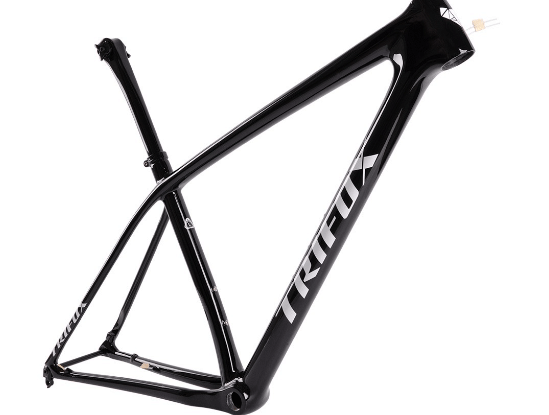
Conclusion: Carbon fiber MTB frames have revolutionized the sport over the past few decades by making bikes lighter, stronger, and more durable than ever before. With advancements in materials, design, and manufacturing processes, it's no wonder that so many bikers are flocking to carbon fiber frames.
With many new carbon mountain bike frames available, it's an exciting time for the sport, and we can't wait to see what the future holds for this rapidly-evolving industry.





























































